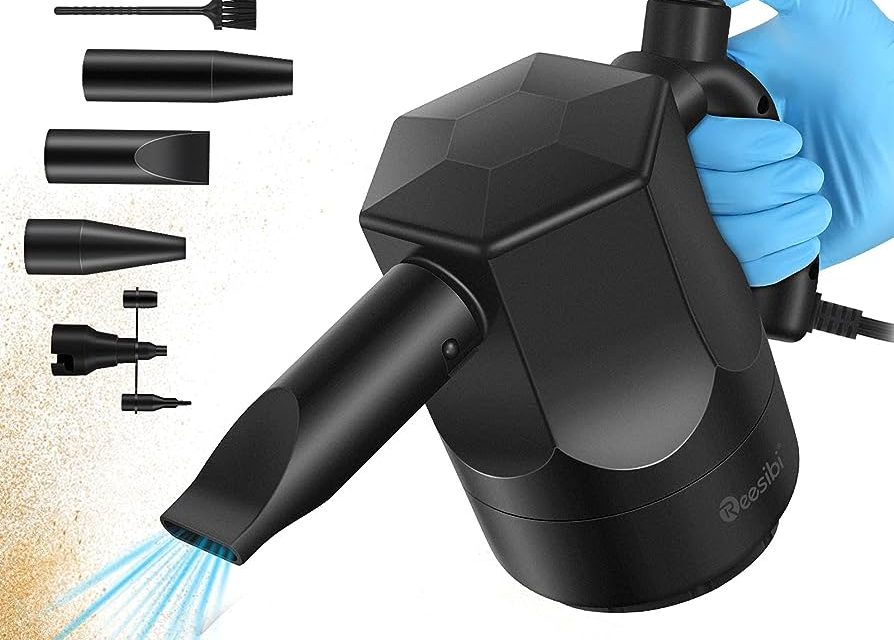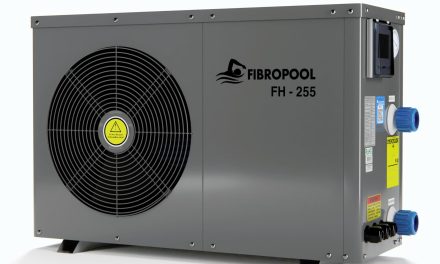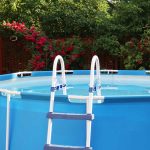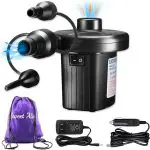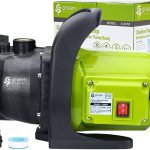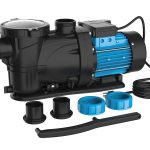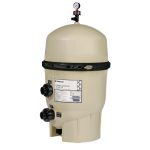A typical pool pump uses about 1 kilowatt (kWh) per hour, which is equivalent to running a 100-watt light bulb continuously for 10 hours. Pool pumps consume a significant amount of electricity due to their continuous operation.
This can result in high energy costs, especially if the pump is run 24 hours a day. While some commercial properties may require constant pump circulation, it is not advisable for homeowners to run their pool pumps continuously to avoid incurring excessive expenses.
Instead, homeowners should consider implementing energy-saving measures or using energy-efficient pool pumps to reduce their electricity consumption and lower their pool maintenance costs.
How Pool Pumps Contribute To Electricity Usage
A typical pool pump consumes around 1 kilowatt (kWh) of electricity per hour. This is equivalent to running a 100-watt light bulb continuously for 10 hours. Understanding the electricity consumption of pool pumps is crucial because it helps you determine the impact on your energy bills.
Pool pumps play a vital role in maintaining the cleanliness and circulation of water in your pool, but they can contribute significantly to your overall electricity usage. By being aware of the electricity consumption of pool pumps, you can make informed decisions about pump usage and explore energy-efficient options that can reduce costs and environmental impact.
It’s important to consider factors such as the pump’s horsepower, runtime, and the size of your pool when assessing its electricity usage.
Factors Affecting Pool Pump Electricity Usage
Factors Affecting Pool Pump Electricity Usage The size and horsepower of your pool pump play a significant role in determining its electricity consumption. Larger pumps with higher horsepower tend to use more electricity. Another factor to consider is the pumping duration and frequency.
Running the pump for longer periods or running it frequently can increase energy usage. The efficiency of your pool pump also affects electricity consumption. Older pumps tend to be less efficient and may use more electricity compared to newer, more energy-efficient models.
It is important to consider these factors when choosing a pool pump to minimize energy consumption and save on electricity costs. By opting for a properly sized pump with the right horsepower and efficient operation, you can reduce your pool’s electricity usage while ensuring adequate water circulation and filtration.
Calculating Pool Pump Electricity Consumption
A pool pump typically uses about 1 kilowatt (kWh) of electricity per hour, which is equivalent to running a 100-watt light bulb continuously for 10 hours. To calculate the electricity consumption of your pool pump, you need to understand the concept of kilowatt-hour (kWh).
A kilowatt-hour is a unit of energy equal to the power of one kilowatt used for one hour. The formula for calculating pool pump energy usage is as follows: Energy Usage (kWh) = Power of the Pump (kW) × Time (hours).
For example, if your pool pump has a power rating of 1 kilowatt and you run it for 5 hours, the energy usage would be 1 kWh × 5 hours = 5 kWh. By understanding kilowatt-hour and using the appropriate formula, you can easily calculate the electricity consumption of your pool pump.
Comparing Pool Pump Electricity Usage To Household Appliances
A typical pool pump uses about 1 kilowatt (kWh) per hour, which is equivalent to running a 100-watt light bulb continuously for 10 hours. Comparing it to household appliances, the pool pump consumes more electricity than a light bulb but less than a refrigerator or air conditioner.
While running a pool pump 24 hours a day can be expensive due to high energy costs, utilizing an energy-efficient pump can help reduce electricity usage. It’s important to consider the energy consumption of pool pumps and explore energy-efficient options to minimize costs and environmental impact.
By understanding the electricity usage of pool pumps and making informed choices, pool owners can maintain a balanced approach between hygiene and energy efficiency.
Tips For Reducing Pool Pump Electricity Consumption
A typical pool pump consumes around 1 kilowatt (kWh) of electricity per hour. This is equivalent to running a 100-watt light bulb continuously for 10 hours. However, there are several ways to reduce pool pump electricity consumption. One effective tip is to use energy-efficient pool pumps.
These pumps are designed to consume less electricity while still providing optimal performance. Another strategy is to optimize the pool pump run time. By adjusting the pump’s operating hours to match the pool’s needs, energy consumption can be minimized. Regular maintenance and cleaning of the pool pump are also important.
Keeping the pump clean and well-maintained ensures its efficiency and reduces electricity usage. By following these tips, pool owners can effectively reduce their pool pump’s electricity consumption, resulting in energy and cost savings.
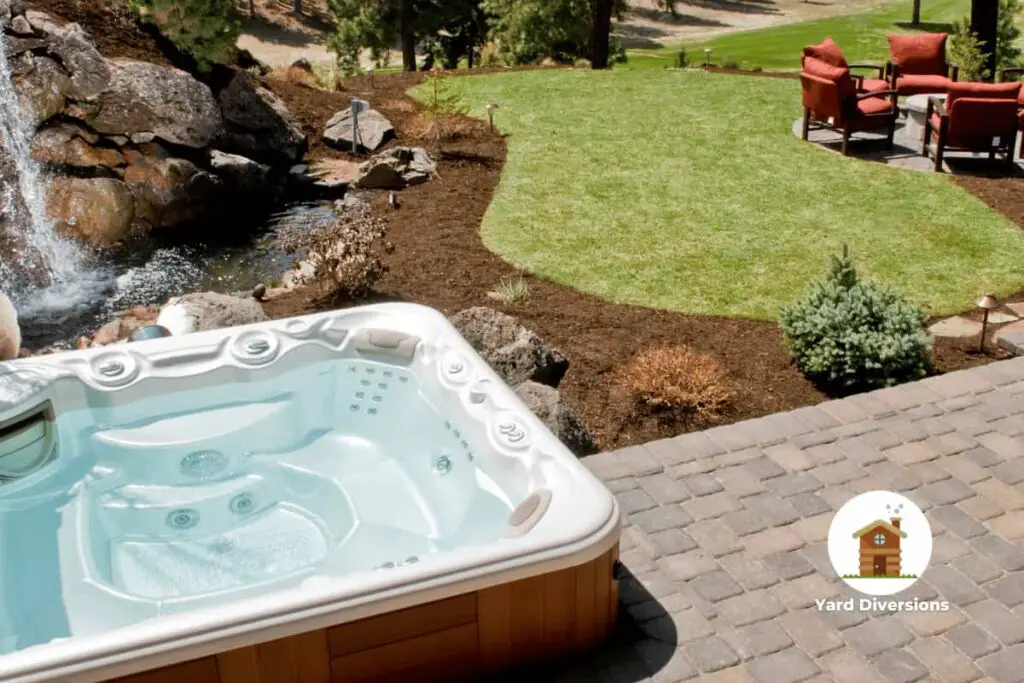
Credit: yarddiversions.com
Exploring Alternative Pool Pump Options
A typical pool pump uses about 1 kilowatt (kWh) per hour, which is equivalent to running a 100-watt light bulb continuously for 10 hours. This highlights the importance of exploring alternative pool pump options to minimize electricity usage. One option to consider is solar-powered pool pumps, which utilize energy from the sun to operate.
These pumps are not only eco-friendly but also cost-effective in the long run. Another option is energy-efficient variable speed pumps, which allow for adjusting the pump’s speed based on the pool’s needs. This helps to reduce energy consumption and lower electricity costs.
By considering these alternative pool pump options, pool owners can make a conscious effort to conserve energy without compromising the cleanliness and maintenance of their pools.
The Environmental Impacts Of Pool Pump Electricity Consumption
A typical pool pump uses about 1 kilowatt (kWh) per hour, which is equivalent to running a 100-watt light bulb continuously for 10 hours. This highlights the significant electricity consumption of pool pumps and its environmental impacts. Pool pump electricity consumption directly contributes to carbon footprint, leading to increased greenhouse gas emissions.
Therefore, it is crucial for pool owners to be mindful of the energy conservation aspects of pool ownership. By choosing energy-efficient pool pumps, such as those with variable speed options or solar-powered alternatives, pool owners can minimize their carbon footprint and reduce their overall electricity usage.
Implementing energy-saving measures not only benefits the environment but also helps pool owners save on their electricity bills.
Frequently Asked Questions Of How Much Electricity Do Pool Pumps Use?
Does A Pool Pump Use A Lot Of Electricity?
A pool pump uses about 1 kilowatt (kWh) of electricity per hour, similar to running a 100-watt light bulb continuously for 10 hours.
Is It Expensive To Run A Pool Pump 24 Hours A Day?
Running a pool pump 24 hours a day can be expensive due to high energy costs. It is not advisable for homeowners to run the pump continuously.
How Much Does It Cost To Run A Pool Pump Per Day?
A typical pool pump uses about 1 kilowatt-hour (kWh) per hour, equivalent to running a 100-watt light bulb for 10 hours.
Conclusion
Overall, understanding the electricity usage of pool pumps is crucial for pool owners looking to manage their energy consumption and costs effectively. It’s essential to note that pool pumps can consume a significant amount of electricity, comparable to running a 100-watt light bulb continuously for 10 hours.
Therefore, it’s not advisable for homeowners to run their pool pumps 24 hours a day due to the high energy costs involved. Instead, it’s recommended to use energy-efficient pool pumps and optimize their usage by running them for a reasonable amount of time to maintain water circulation and cleanliness.
By adopting these practices, pool owners can strike a balance between achieving a clean and well-maintained pool while minimizing their electricity consumption and costs. Ultimately, understanding the electricity usage of pool pumps empowers pool owners to make informed decisions that benefit both their wallets and the environment.

